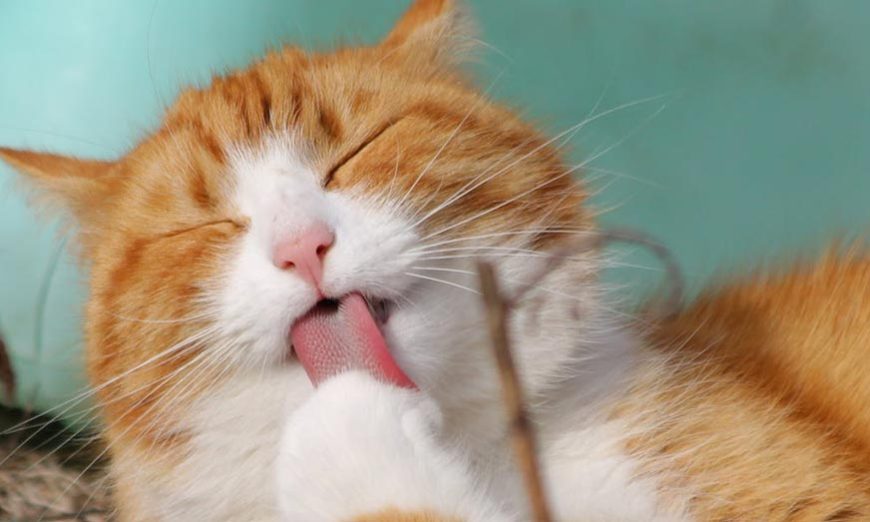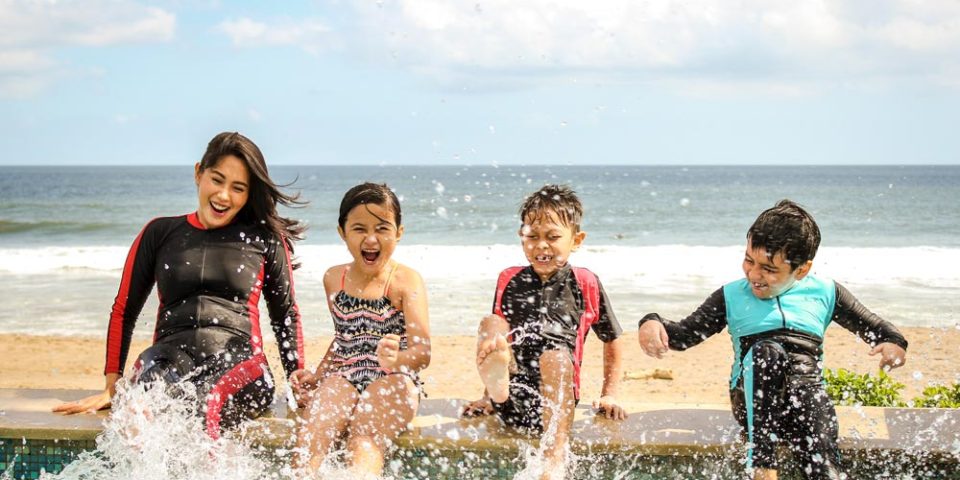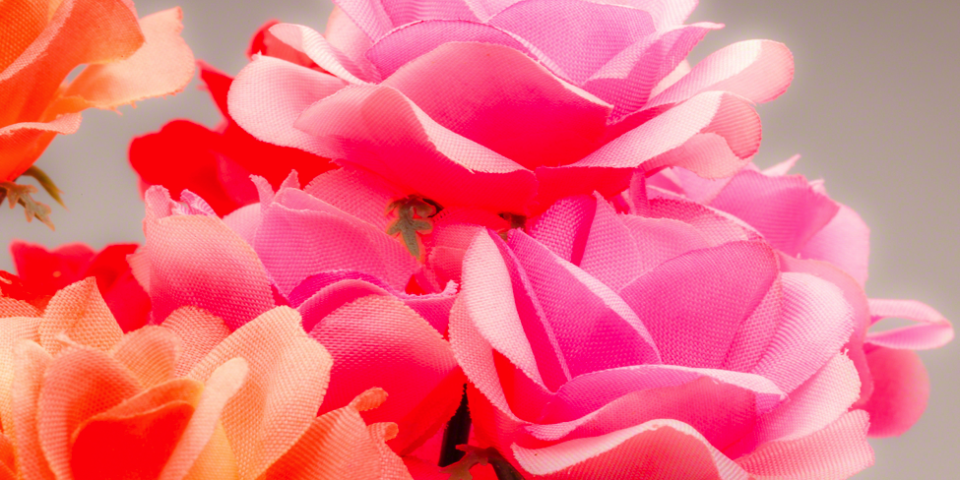A Semi-Captive Audience
For many folks, their pets are family members and for some folks, the only family nearby. For some, it was their love of pets that got them together, to begin with after meeting on Pet Lover Dating! And there’s a good reason people love pets so much, they’re there for them no matter what, don’t judge them, and are always willing to play or go for a walk! They love their pets with all their heart and would do anything for them. For some people, a dog treat bag is essential for serious walkers that like to spoil their pooch whereas others like to spoil their dog with toys. Cat owners often like to buy cat trees for them to scratch and climb on. The list goes on! Consequently, we like to make images of our pets, and the Internet volume certainly supports this.

The First Word in Pet Photography
Is patience. Animals are highly attuned to stress and tension. If you are all wired up, so will be your pet. This almost never works out well. Be cool, move smoothly and accept that sometimes, it’s just not going to work out.
Start with Some Key Gear
In order to prep for pet photography, you will want to have some basic kit on hand both photographic and supporting. Get it together ahead of time in a place where your pet is likely to be comfortable being photographed. This applies more to posed shots obviously, but is still really important when it comes to the candid style of work.
Photo Kit
You will want to have your camera with interchangeable lenses if possible, although a point and shoot with a decent zoom range can work too. Let’s presume that you have an ILCE. You are best served by optically fast lenses, ie lenses with large maximum apertures. They do not have to be zoom lenses although for action shots, a zoom is really handy. I would propose that a lens with the angle of view of a 35mm full frame is a good start as is a 70-200mm full frame equivalent. You will need shallow to moderate depth of field in order to focus attention on the pet and keep the background from being distracting.
Start with an empty and higher bandwidth memory card. This is a situation where overshooting can be helpful as pets typically do not obey any kind of posing or expression instruction.
Have at hand a large reflector that can stand on its own, or if you are using ambient light, a large diffusion scrim. Both of these are standard in common popup reflector kits.
If you really want to be in control of your shot, you will want to add in off camera flash, with some kind of triggering method and a simple light shaper like a basic umbrella or medium softbox.
This is one of the situations where I do recommend the use of a protective filter on the front element of your lens, and as I recommend for every shot, every time, be sure to use your lens hood.

Non-Photo Kit
Critters get nervous. Sometimes they lick the lens or drool or slobber. You need a few towels, one to keep the camera clean and one to clean up your pet. Take a moment to wash your pet’s face and remove any visible dirt and the detritus that tends to accumulate near their eyes.
You will need a pet brush, just to clean things up. I find a device called a Furminator does a great job of cleaning up loose fur or hair and also brings a nice sheen to the pet’s coat. Do not use a Furminator on a bird. For birds, reptiles and other critters a soft damp cloth is sufficient.
Have something that helps your pet be comfortable, such as a bed, blanket, favoured toy or similar.
You will want to have some treats handy to help keep the pet’s attention. Some feline photographers like a bit of catnip as they find it relaxes hyperactive cats. That’s a personal decision on your part.
Did you know that taking photos of your pet cat could end up saving their life? One of my friends was taking a picture of her cat when she noticed her feline friend had a swollen lip. After searching ‘my cat has a swollen bottom lip‘ online, she decided to take her cat to the vet where it turned out her moggy had a mouth ulcer that needed treating. If she had not caught it in time, things could have taken a nasty turn! Fortunately, her cat was able to be treated and made a full recovery, but it just goes to show that you can never be too careful where your pets are concerned.
It’s also important that your pet has access to clean fresh water, so if doing a shoot in the field, bring along a collapsible water dish.
Dogs particularly will benefit from the use of squeakers or clickers to bring their attention to you. Experiment with your pet ahead of time to see if these work. If in the field, leash your pet on a long tether to a screw-in post. You can remove the leash in post-production.
Don’t forget poop bags or accident towels. Younger critters can get very stressed by photography.
Shooting Settings
Typically, there are two shot types for pet photography, the portrait and the action shot. Depending on your pet, one may be easier to get than the other. Here are my default settings for pet photography
- File Type – RAW
- Camera Shooting Mode – Continuous
- Autofocus Type – Continuous Single Point AF
- Starting Aperture – f/4
- Starting Shutter Speed 1/125th of a second for stills, 1/500th of a second for action
- ISO – Auto
- White Balance Setting – AWB
You are also going to prefer having an assistant to be the pet wrangler. It’s tough if you have to do everything.
When you make the images, you need to get to the pet’s eye level. This may mean spending a lot of time lying on the ground. Bring a tarp if you are going to be on the ground for an extended period.
Set your focus point as the animal’s nearest eye. If the eye is not sharp, the image fails. Other parts of the animal can become less sharp, so place all your attention on the eye and use aperture selection to control the depth of field in your shots.
If you are not the owner, have the owner stand behind you. The pet will tend to look at the owner. Make sounds to encourage a change in head posture while you are shooting.
Set the leash attachment point behind the pet’s head. This makes it easier in the retouch phase.
Whenever you have a successful sequence, reward the animal with a treat.

Location Choices
If you are indoors, pick a location with lots of window light and a very neutral background. If you do not have good window light this is where your flash and softbox or umbrella come in. You will not be able to use slower exposures because pets move. Direct flash can be distracting and hard on the eyes. If you do not have a light shaper, bounce the flash off of a white ceiling. Use TTL based flash and adjust on the fly.
If you are outdoors, you are seeking a nice location, preferably in open shade as direct sun is very harsh. Avoid dappled light as this never looks good. Try a park, forested area, large field, lake or beach. Backyards tend to be boring and shoot either early or late in the day to get the best light.
If you are doing action shots, you need to give your pet room to move. Create a virtual runway between your assistant you with the camera. Put the owner behind you if you are shooting for someone else. Call the pet using toys and treats as enhancements and then get on the shutter as the pet moves towards you. If you have an assistant releasing the pet (you should) make sure that person knows to get out of the frame on release.
Give the pet a break and make water available between runs.

Some Other Prep Tips
If the critter is not your pet, invest the time so the pet becomes comfortable with you and your voice and move smoothly and slowly. Keep other distractions such as children and other animals away. Keep the pet leashed to avoid surprises. Also, make sure that their accessories look good, for example, if you’re photographing a dog something like a Fetching Ware collar, may add that functional and fashionable finishing touch to your pet. Use treats but sparingly, and if the animal is not yours get permission from the owner to use treats and use the ones that the owner prefers. Pet photography does not run on a schedule, so if you are doing this for someone, make sure that they understand that time requirements will be very fluid.

Editing and Post Processing
Here are my basic guidelines for editing and post processing pet images. You can use whichever editor you prefer but for some steps, Photoshop is the best tool.
- Check for eye sharpness – If it’s not sharp, I’d discard it
- Crop the image to fill the frame and keep attention on the pet
- Using a Brightness/Contrast Adjustment layer to brighten and add contrast to the eyes
- Use one of the spot healing tools to remove sensor dust spots, dust motes on the face, eye gunk
- Use one of the healing or cloning tools to remove the leash and any other distractions
- Adjust the colour balance to create a warm and happy ambience
- Try using a Radial Gradient tool to create a subtle vignette to focus attention on the pet
- Zoom in to 100% on the eye and sharpen accordingly
After all this work, make a large print and frame it with a nice mat. If you are doing the work for someone else, provide them with 3-4 images sized for social media, and include your business watermark if you wish. Never put a watermark on a print.
Conclusions
Pet photography is fun and when you get that great image is incredibly fulfilling. Use the tips to come up with your own process and make amazing images!
What’s Next
Want to learn more about capturing photos (and video) of your furry family members? Check out this article on Henry’s Blog:


